
Begonia Maculata Wightii 'Polka Dot' Garten
The polka dot begonia was originally discovered in southeast Brazil and is found growing naturally in the Atlantic Rainforest in bright, dappled light and surrounded by consistent humidity. It's pretty tough to create rainforest conditions in most of Australia, but it's still easy to grow these beautiful begonias outdoors, or indoors.

Begonia Maculata Care How to Grow an indoor Polka Dot Begonia
The plant we know as the polka dot Begonia, a cultivar officially named Begonia maculata 'Wightii', is the product of selective cultivation. It sports much larger dots on its dark green leaves, hence the name! This is really a very attractive and dramatic plant, with the dots shining silvery in the sunlight and light to deep red coloration.
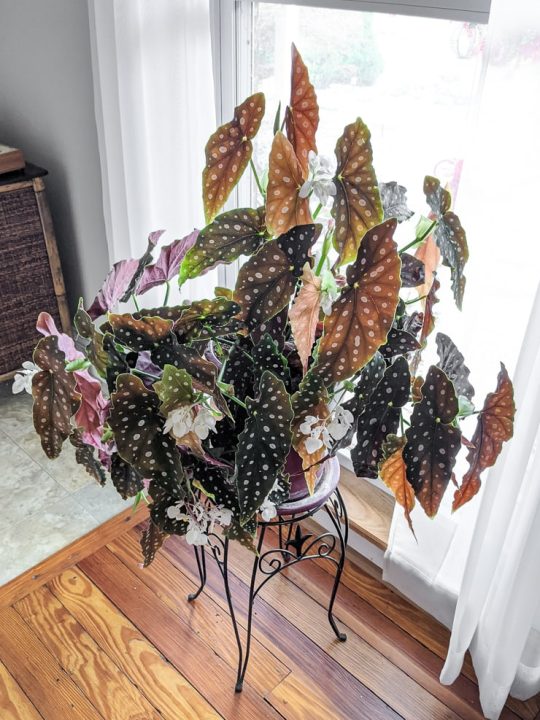
How to care for the Begonia Maculata plant!
Begonia Maculata Flower. flowering begonia maculata @flickr. The colors of the plant's flowers do have pale pink to white color. To encourage the growth of many flowers, you must remove the old and dying ones. This will allow the plant to have more flowers in the process. Polka Dot Begonia Varieties and Similar Plants. There are other begonia.

Begonia Maculata Wightii (Polka Dot) Begonia maculata, Begonia, House plants
Begonia maculata, also known as the polka dot begonia, is a tropical perennial and one of the most striking begonias. The spotted, elongated leaves are a dark green color that sometimes ranges from olive to forest green. The plant's spots are a pale grey to silver color, and the undersides of the leaves are a rich burnt orange color.

Successfully Growing Begonia Maculata Polka Dot Begonia Two Peas In A Condo
Polka Dot Begonia, also known as Trout Begonia, Clown Begonia, and Spotted begonia is the common name for Begonia Maculata - a showy houseplant belonging to the family Begoniaceae. Polka Dot Begonia can reach heights of up to five feet, and has a vertical growth habit. Its leaves are a deep olive color with bright white and somewhat uniform.
polka dot begonia
Begonia Maculata Care (Polka Dot Begonia) Begonia maculata, or the Polka Dot Begonia, can be suitable for beginners, but it may require a bit more attention compared to some other houseplants. While Begonia maculata may require a little more attention in terms of lighting, watering, and humidity compared to some other beginner-friendly plants.
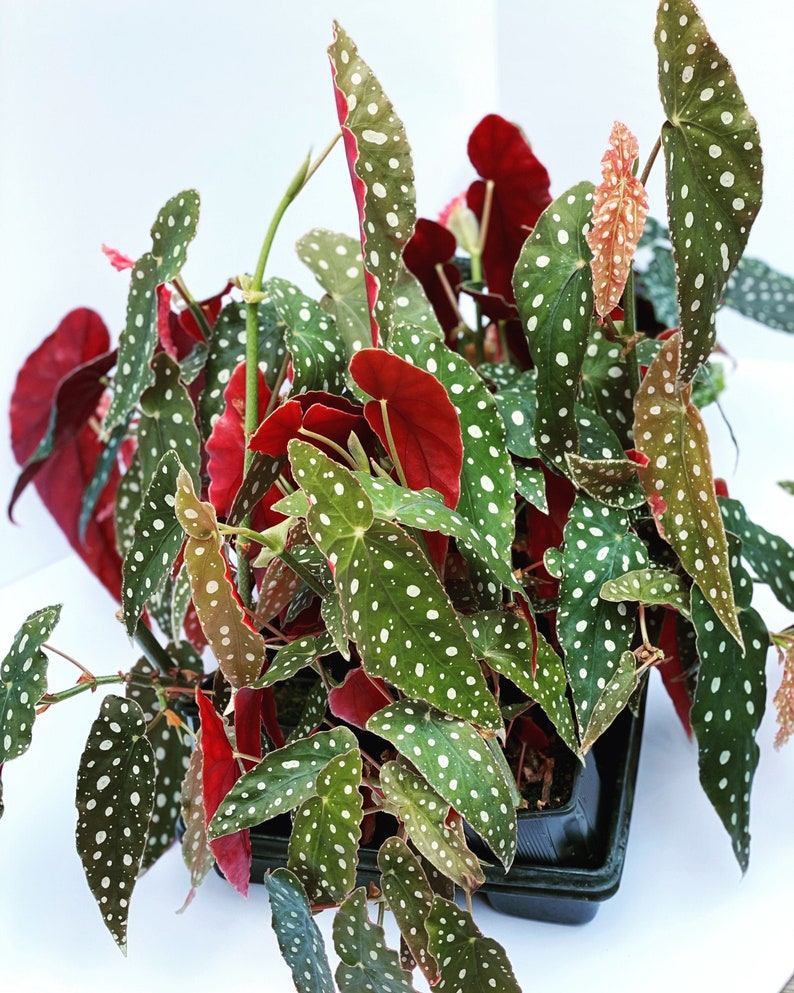
Polka Dot Begonia Wightii RARE Begonia Maculata 1 leaf Etsy
Common Name: Polka Dot Begonia, Spotted Begonia, Trout Begonia Light Requirements: Bright, indirect light. Higher light levels will promote strong growth and blooms, but avoid direct sunlight. Watering: Keep the soil generally moist, letting the top half inch of soil dry out between watering. Will not tolerate soggy soil.

Polka Dot Begonia (Begonia maculata)
The Polka Dot Begonia is a fast growing houseplant. If given proper Polka Dot Begonia care, your plant can grow up to twelve inches per spring and summer growing season! It can, however, become a bit stretched out and thin. To encourage more full growth, prune the top third of your Polka Dot Begonia using a sterilized knife or cutters.

Polka Dot Begonia Plant Care (Begonia Maculata) Indoor Plants For Beginners
The Polka Dot Begonia was first discovered in 1982 in Brazil by an unnamed Italian researcher. The Begonia Maculata grows predominantly in the Atlantic rainforest but has also been introduced in Cuba, Mexico, Argentina and the Dominican Republic. The plant can grow up to a metre high with the right care.
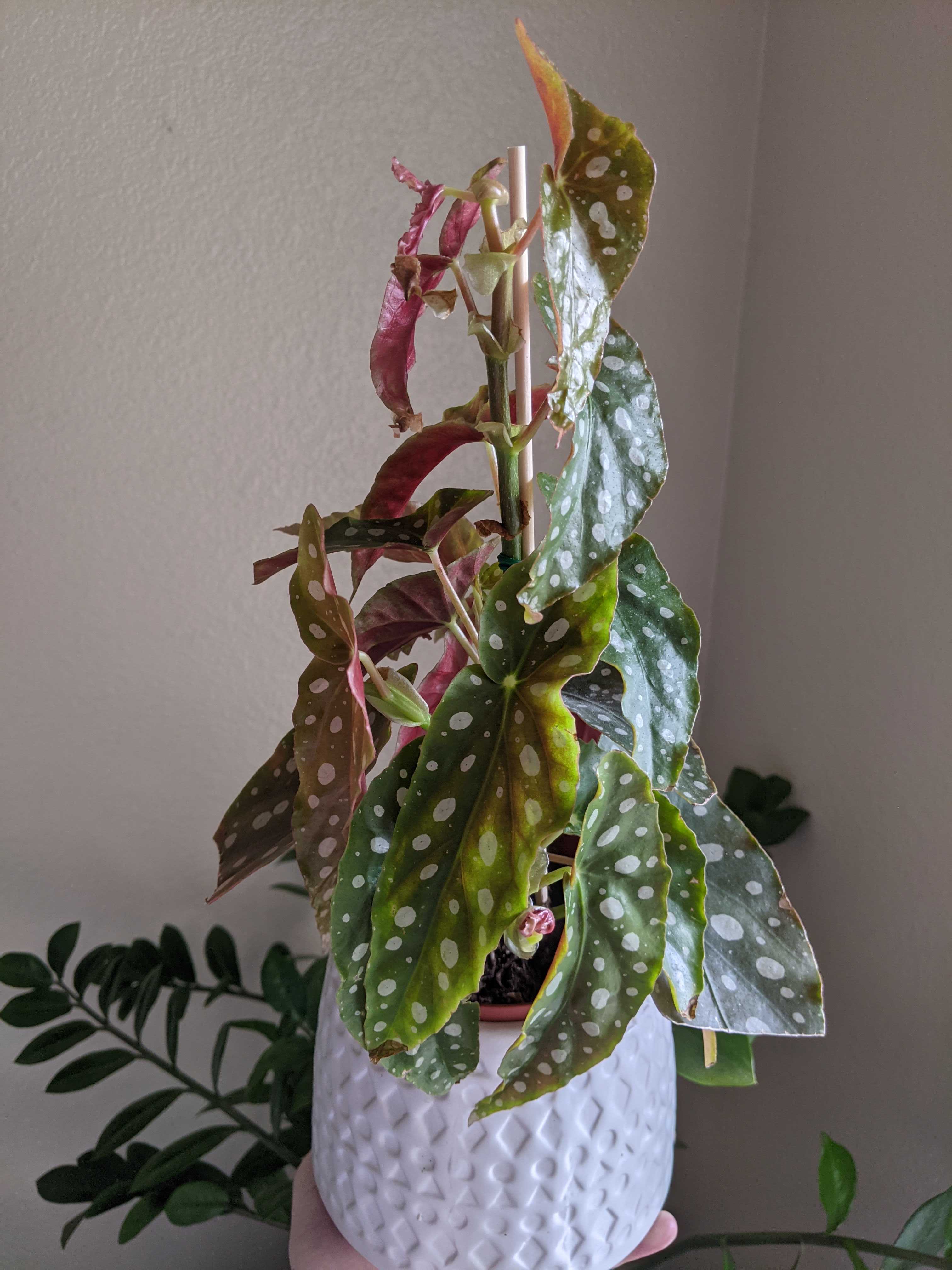
Your guide to Polka Dot Begonia propagation Indoor Plant Care
Origin: Rainforests of Brazil Latin Name: Begonia Maculata Common Name (s): Polka Dot Begonia, Spotted Begonia, Clown Begonia Plant Family: Begoniaceae Difficulty Level: Moderate Appearance: Long dark green leaves with white or silver dots throughout. Their undersides are also very strikingly orangey/red
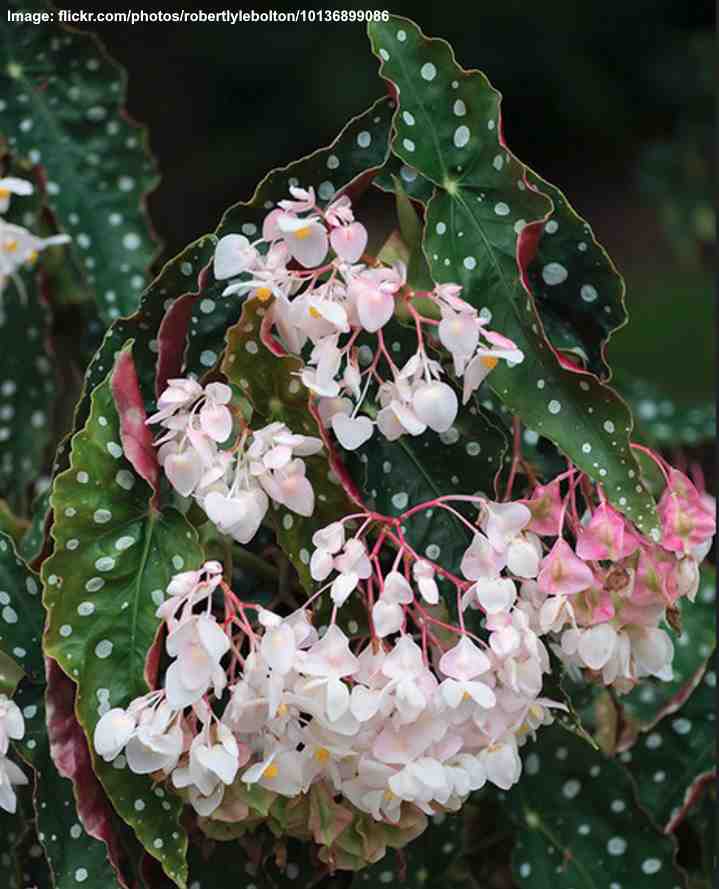
Begonia Maculata Care How to Grow Polka Dot Begonia (Wightii)
Thes polka dot begonia are part of the so-called cane begonias. Cane begonias have a-symmetrical angel wing leaves growing on long stems. Need a plant care refresher? Check out the Beginners Guide to Houseplant Care. Light Indoors, this spotted begonia likes bright, indirect sunlight. A good spot is near an east-facing or north-facing window.
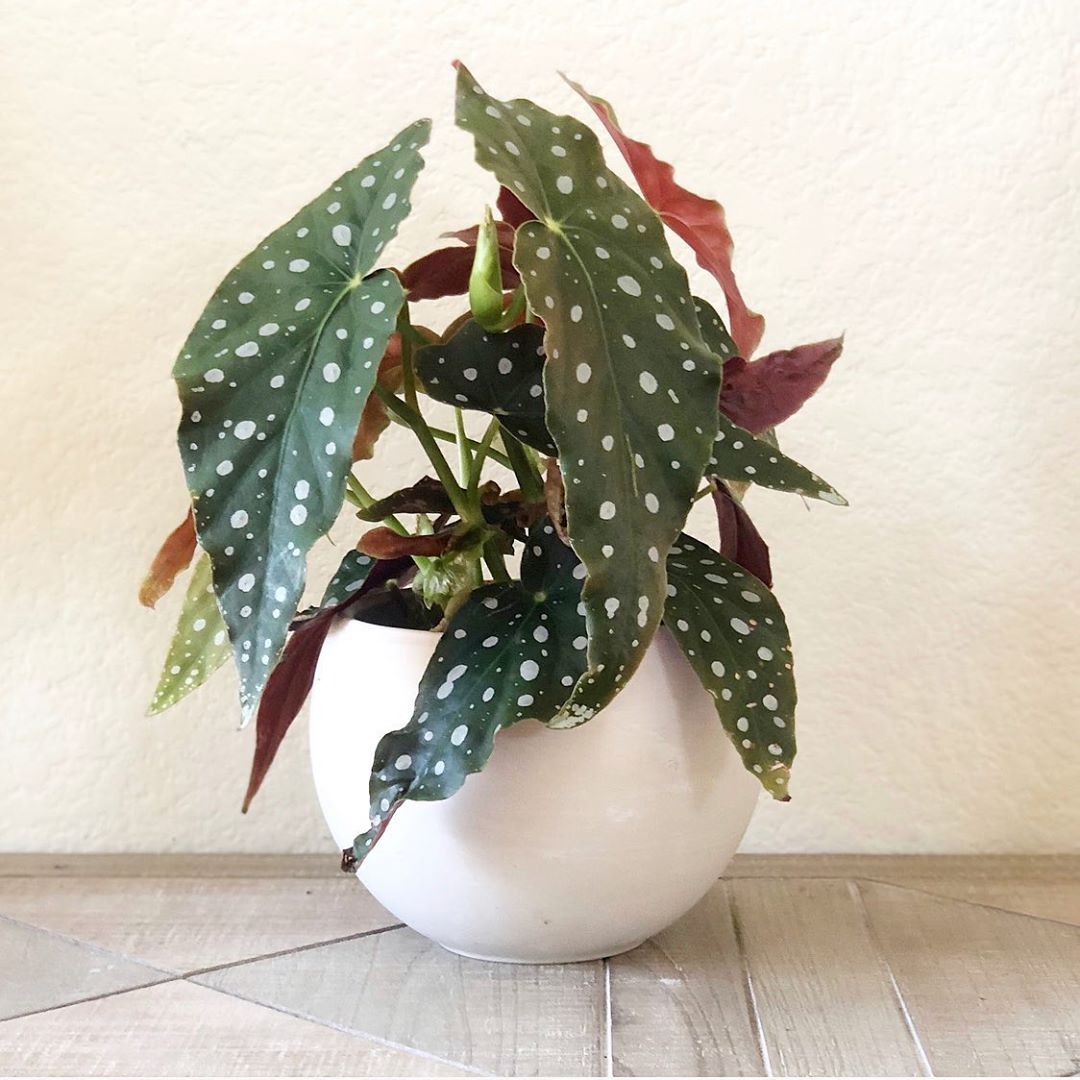
fairyblooms Polka Dot Begonia is back in stock!... All For Gardening
The Polka dot Begonia (Begonia maculata) is an ornamental, eye-catching houseplant highlighted by its unique and striking foliage. Known for its glossy green leaves speckled with silvery-white dots and red undersides, it brings an exotic, tropical elegance to any indoor space.
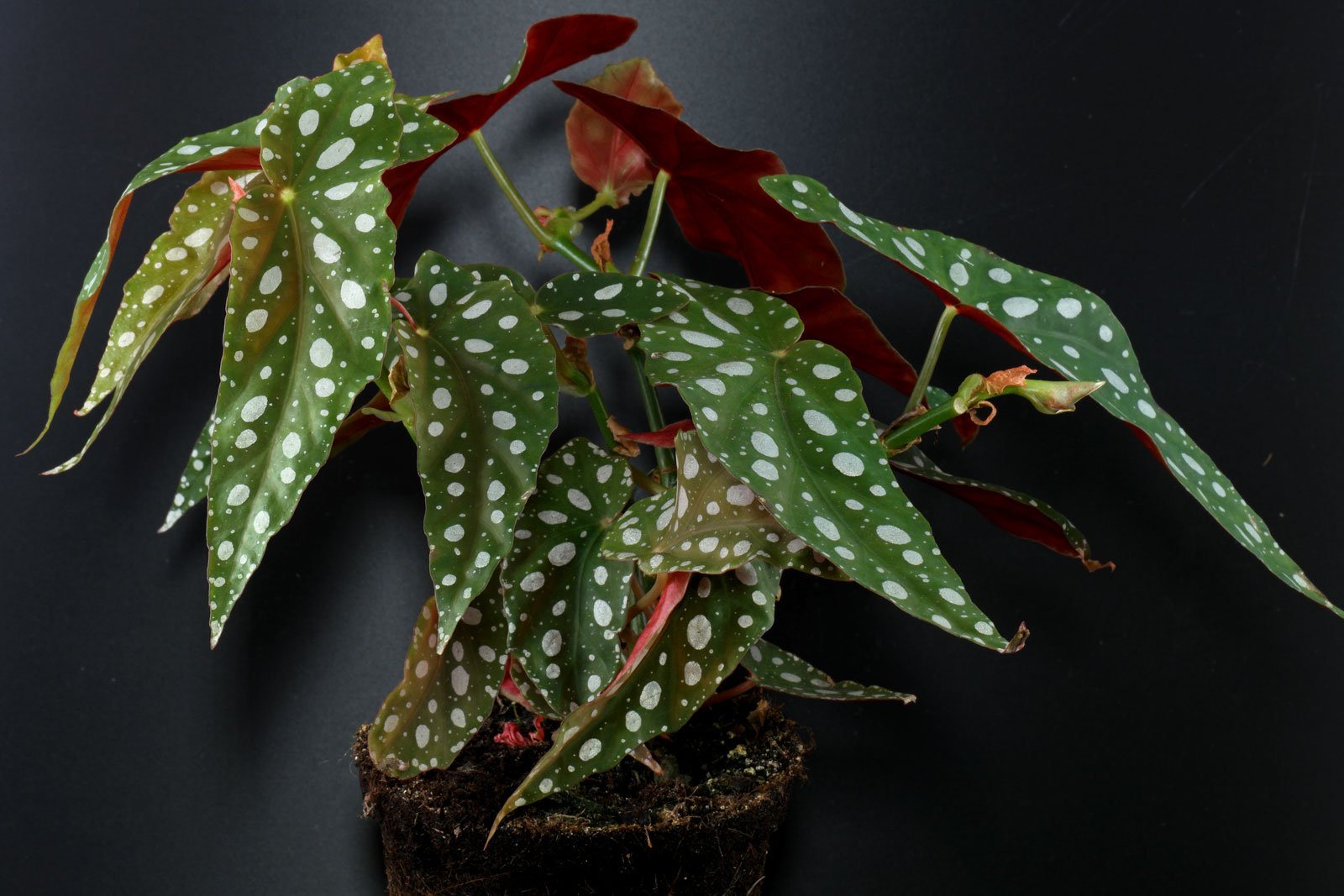
Polka Dot Begonia (Begonia maculata)
The Begonia Maculata (Polka Dot Begonia) is a striking indoor plant with unique silver polka dots and crimson red undersides on its leaves. The polka dot begonia thrives in bright, indirect light. Direct sunlight can scorch the leaves, while too little light may cause colors to fade and increase the risk of mold.

DOTTY BEGONIA In the Garden
Polka dot begonia. Getty Images Grow Begonia maculata in a consistently warm, bright spot - a couple of feet from an east- or west-facing window is ideal. It does best in a humid environment, so grow it in a naturally humid room, such as a kitchen or bathroom, or stand on a tray of moist pebbles. Avoid misting the leaves directly.

BEGONIA MACULATA “Wightii” Rare Polka Dot Angel Wing Begonia House Plant Begonia maculata
The polka dot begonia or Begonia maculata is appropriately named considering that "maculata" means spotted. This begonia comes from southeast Brazil and grows in some Brazilian states, including Rio de Janeiro and Espírito Santo. Instances of the polka dot begonia have also been reported in the rainforests of the Atlantic.

Polka Dot Begonia Plants Delivered Flowers & Plants
The Polka Dot Begonia thrives in bright, indirect light. It is important to avoid placing the plant in direct sunlight as this can cause the leaves to burn. Instead, find a spot in your home that receives bright, indirect light for most of the day. If you notice your plant's leaves become yellow or brown, this may be a sign that it.